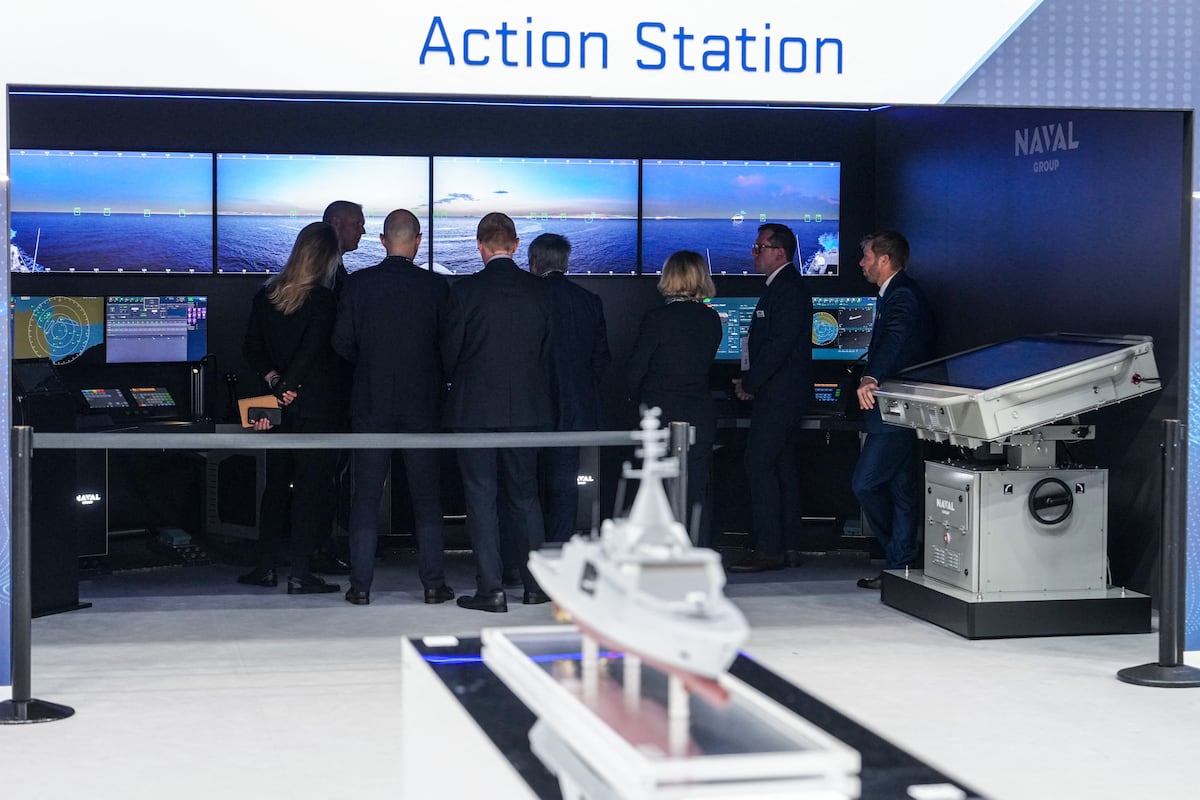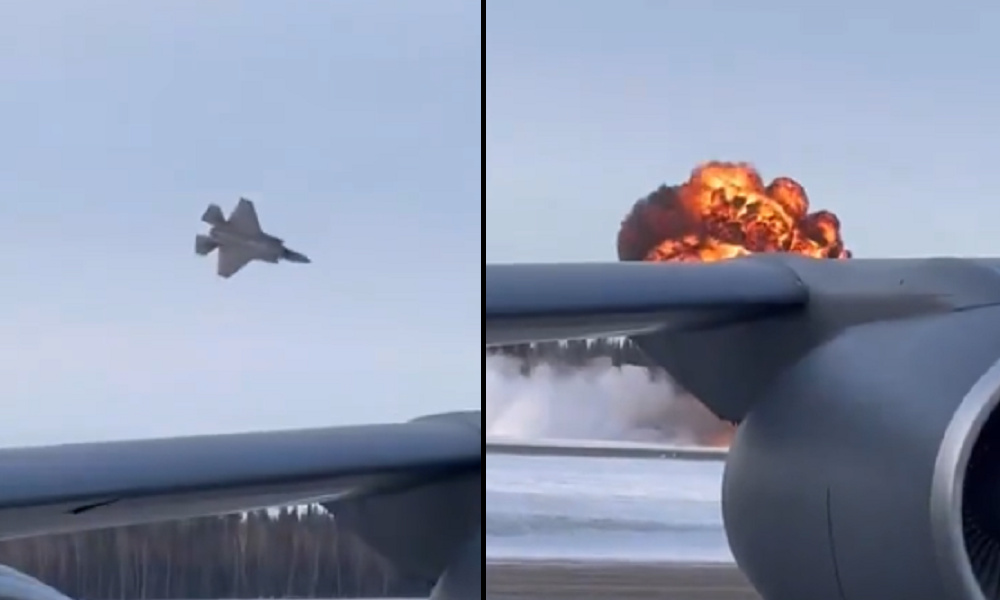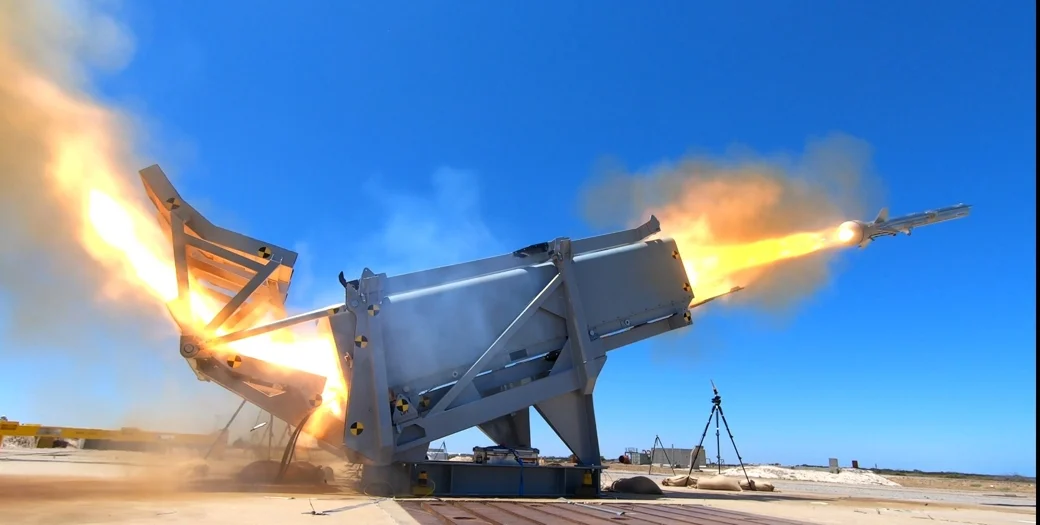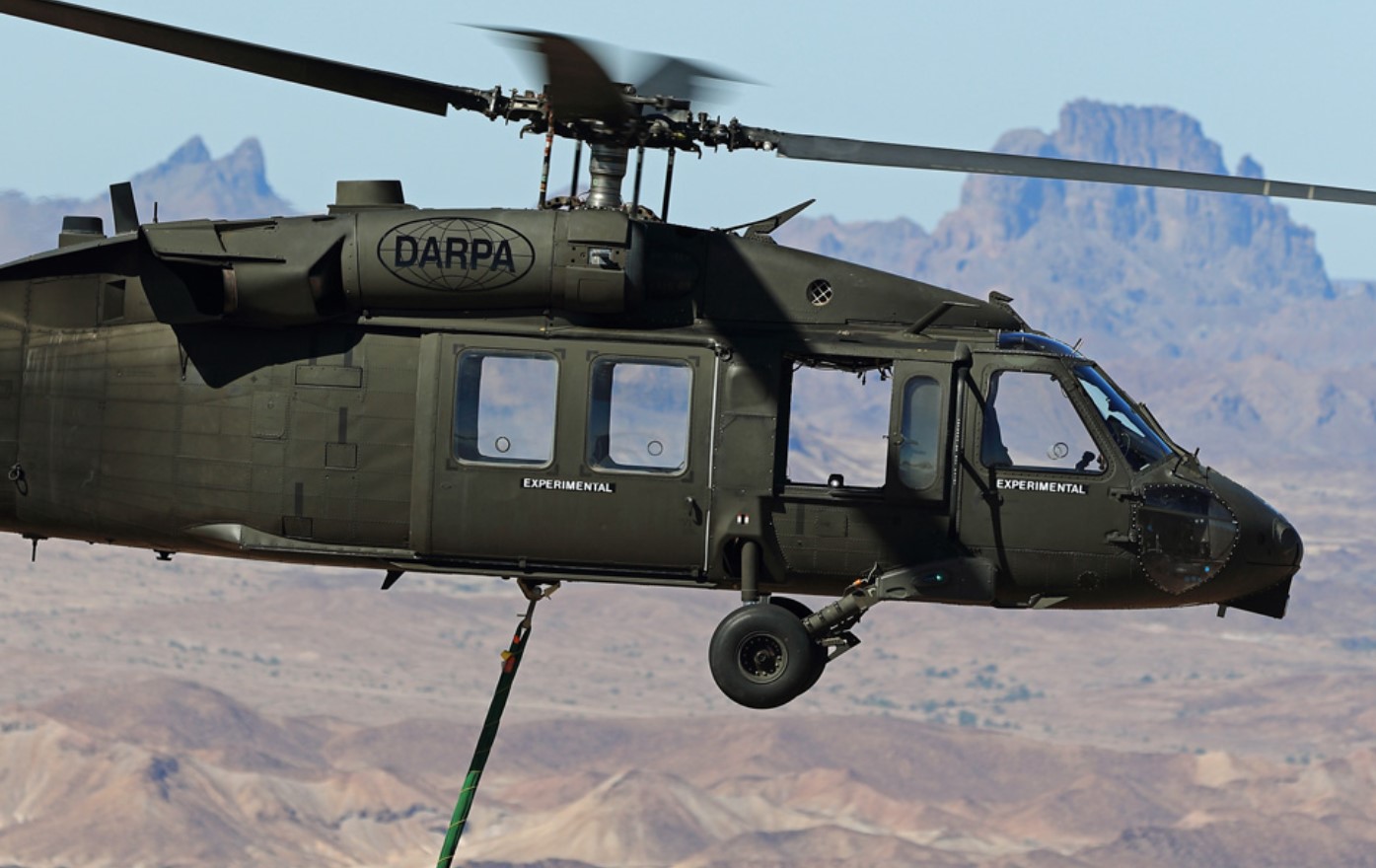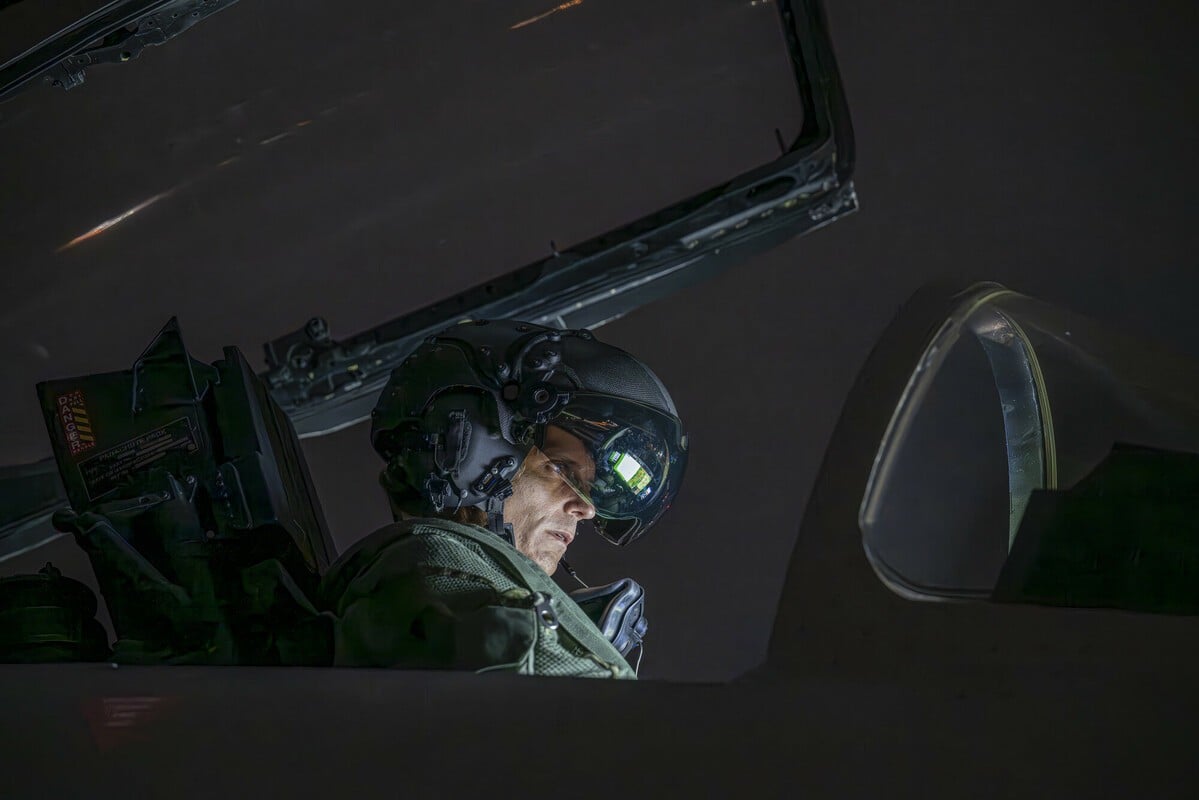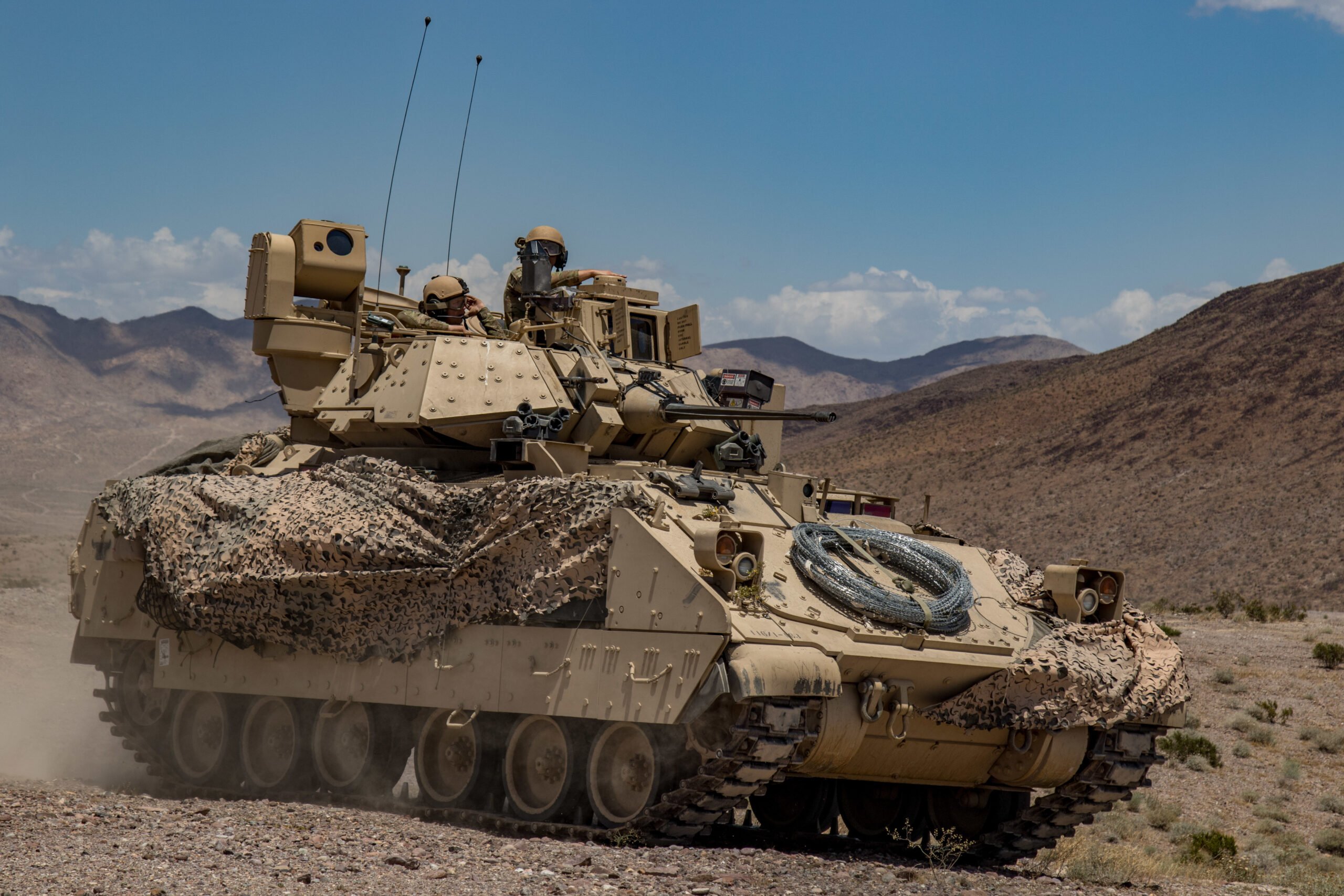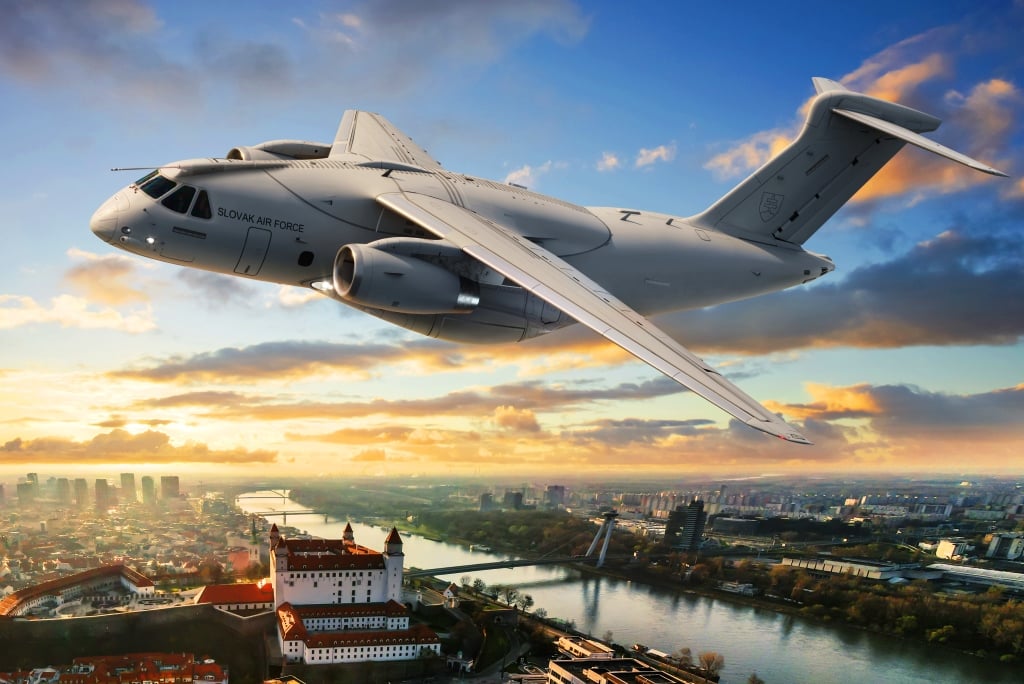European Union Sets Course for Next-Generation Combat Vessel by 2040s
PARIS — In a significant move towards bolstering naval capabilities, the European Union has embarked on a project to develop a next-generation combat vessel that is expected to enter service in the 2040s. During the Euronaval conference, Jürgen Scraback, head of the maritime unit at the European Defence Agency (EDA), revealed that defense ministers from the bloc may sign a letter of intent to advance the initiative in two weeks.
Scraback indicated that six EU member states, including major naval powers, are keen to collaborate on this ambitious project, which is projected to demand a budget exceeding €20 billion (approximately $22 billion) by 2024. The EDA estimates that the EU will require at least thirty combat ships in its future maritime operations.
“The new generation of vessels will be completely different from those currently in service due to the evolving naval warfare landscape,” emphasized Fernando Miguélez García, chairman of the European Naval Industry Group (ENIG). He highlighted the potential integration of mothership capabilities designed to deploy drones in combat scenarios.
In May, EU defense ministers had tasked the EDA with formulating a concrete project proposal for discussion in November. The agency has already held preliminary meetings to assess the interest of member states, and additional workshops have sought to shape the vessel’s high-level requirements.
Key specifications for the future combat vessel include a reduced crew size, high levels of automation, and a range of unmanned systems. It’s anticipated that the vessel will have a displacement of at least 8,000 metric tons, which is significant compared to current frigates like France’s new FDI, which displaces 4,500 tons, and the French-Italian FREMM frigates at around 6,000 tons.
Moreover, modern threats such as small UAVs and hypersonic missiles necessitate that these new ships be “smart,” capable of integrating artificial intelligence and a digital naval combat cloud. Cmdr. Alfonso Carrasco of the Spanish Navy emphasized that increased automation will be crucial for rapid response to hypersonic threats, while enhanced interconnectivity with other vessels and drones will bolster detection capabilities.
As part of the modernization effort, the future combat vessel is expected to incorporate directed-energy weapons like lasers and rail guns, requiring innovative onboard power generation solutions. The construction of these vessels will also involve advanced materials for stealth capabilities.
The European naval industry is currently exploring technological gaps and potential collaborations among companies to strengthen capability in critical areas such as weapons and sensors. The EDA and member states are also deliberating whether to integrate the project into the EU’s Permanent Structured Cooperation (PESCO) framework, solidifying commitment from heads of state.
With discussions set to continue at the upcoming defense ministers’ meeting on November 19, the path towards a groundbreaking fleet enhancement is paving the way for a more robust and technologically advanced European naval presence.

